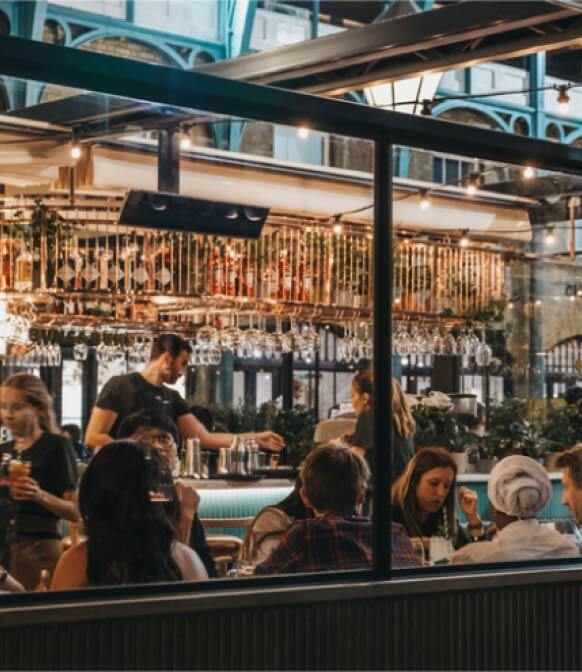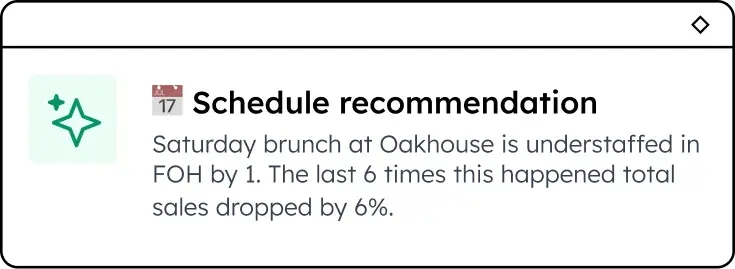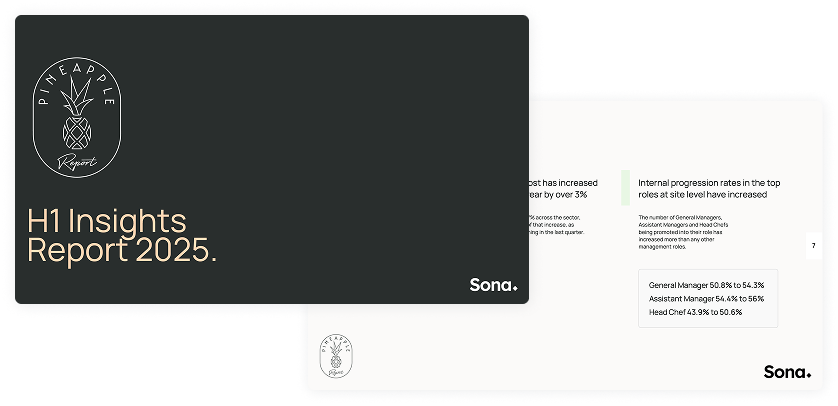Managing absence - is there still a place for the Bradford Factor?
What sounds like a John Grisham novel and has been around even longer?
4 minute read
That’s not the start of a joke, because the answer is the Bradford Factor - a commonly used formula for measuring unplanned staff absence.
What exactly is the Bradford Factor?
Supposedly named because it originated from the Bradford School of Management in the 80s, it entered the business world because their research concluded that short, frequent unplanned absences from work had a bigger impact on performance than longer spells away from work.
A simple formula - number of instances of unplanned absence² x total number of days of unplanned absence (for a given time period, usually a year) - gives you the employee’s Bradford Factor score. Very broadly speaking, the higher the score, the greater the potential cause for concern.
Public service announcement: no need to fire up an Excel sheet - we’ve got you covered with our online Bradford Factor calculator.
Why is the Bradford Factor useful?
The beauty is its simplicity. You only need two lines of data to produce the score and you then have your scores as a single source of truth. For large numbers of employees, the larger numbers will jump out, making potential issues easier to identify. That makes it a very efficient methodology for time poor managers.
There are some who believe that scoring in this way is fairer because it applies equally and removes personal biases managers might have when making decisions based on absence.
So what are the drawbacks?
First off, Bradford Factor scores are a pretty blunt instrument. The fact that everyone is treated as the same is a problem - we know that not all absences are the same.
Frequent absences from work can be a red flag for unprofessional conduct, or they can be completely justified due to underlying health conditions or other personal circumstances that are beyond someone’s control.
This becomes particularly troublesome if organisations set ‘trigger points’ based on certain score levels. For example, a score of ‘X or more’ triggers a verbal warning.
Also, it promotes a very reactive approach to managing staff wellbeing and performance. In a healthy organisation, managers should be trained and empowered to spot potential concerns within their teams early and offer appropriate support before absence becomes a problem.
Is there still a place for the Bradford Factor?
In an ideal world, yes, managers should be picking up on the warning signs before a Bradford Factor analysis is even necessary.
But in many industries where shift work is the norm this isn’t going to be possible. Staff aren’t always working at the same time as their manager. So having easy to understand data on staff absence rates is still a helpful tool if used in the right way.
Bradford Factor scores shouldn’t be used as a hard metric for making disciplinary decisions. For the reasons already discussed, absence from work can never be a black and white issue. It’s the role of managers to interpret the shades of grey.
However, these scores can serve as an important backstop, giving management a reason to check in with team members who might be hesitant to come forward with an issue they’re trying to cope with, whatever that may be.
Finally, just as you would shop around for quotes from your suppliers, it makes sense to try a few different approaches and see what works for you. Other calculations you could consider include the lost time rate method, absence frequency rate method and the consolidated method.
The expert view
“The Bradford Factor provides a really useful metric for assessing the impact an individual’s absence history has on the business,” says Richard, our Head of Product Design. Richard has worked in and with the care industry for over a decade.
“However, in isolation the figure can be misleading. It doesn’t replace the need for managers to communicate regularly with their staff to understand their wellbeing and provide suitable support where possible. When reviewed regularly, the score can act as a meaningful guide to prompt managers to check in with their employees.”
Without a smart system for updating the Bradford Factor following each return to work, there’s a risk that rising scores will go unnoticed. Accurate tracking is even more important right now with Covid causing additional unplanned absences and wreaking havoc with previous benchmarks.
“It’s also often the case that employees have no oversight of their Bradford Factor score and so often they can receive written communication regarding their absence history without warning.”
“It’s best practice to give every team member oversight of their score alongside guidance around what it means and information about how their unplanned absences impact on their colleagues. This approach should also encourage employees to check in with their manager and discuss their situation rather than waiting on their manager to contact them, especially if that might be on disciplinary grounds.”
Let technology take the strain
Everything we do at Sona we do with one goal in mind - make our customers’ lives easier. Absence management is no exception.
Our employee app enables every colleague to manage their schedule and leave right from their phone, and communicate directly and securely with their manager.
Managers have access to simple, intuitive dashboards so they have access to the data and analytics they need anytime and anywhere.
And those are just two of the powerful features at your fingertips - we’d show you how we can empower your entire workforce. Click here to schedule a demo at a time to suit you.
Enjoyed this article? Let's stay in touch 👋
If you liked this article, why not subscribe to our newsletter to get the latest news and views delivered straight to your inbox?




















